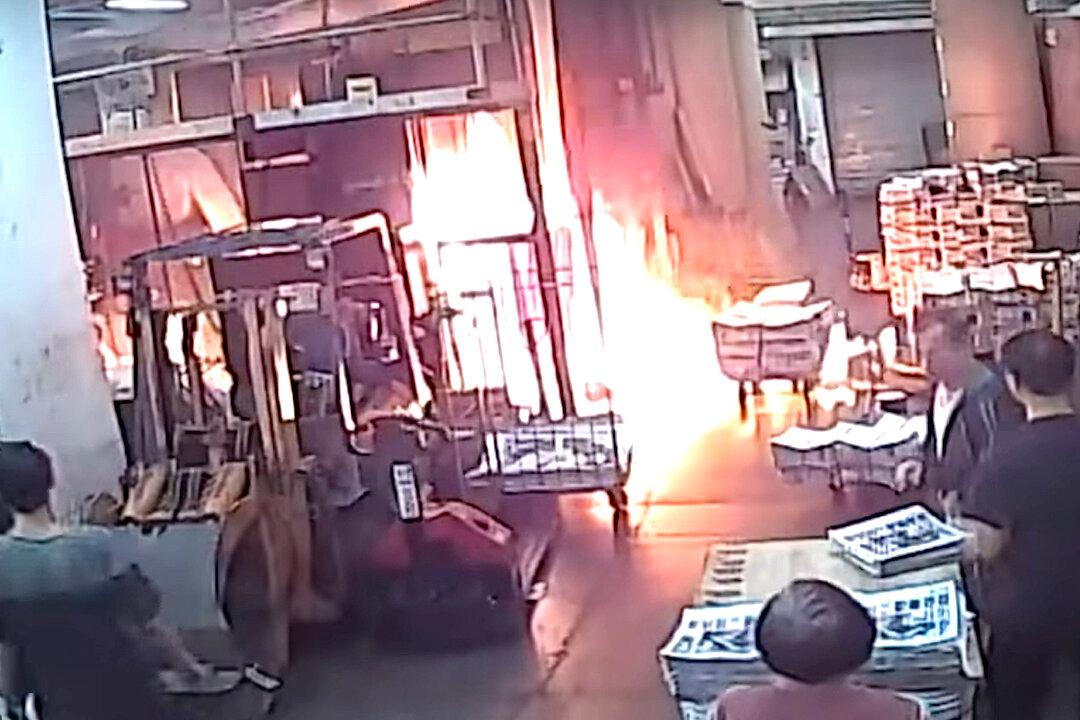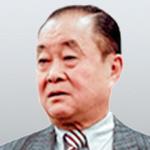Commentary
In the early morning hours of April 12, Hong Kong New Era Printing Factory Limited, a printing facility of The Epoch Times Hong Kong edition, was attacked by four intruders who are allegedly linked to the Chinese Communist Party (CCP). They smashed the printing equipment and computers with sledgehammers, and the damage forced The Epoch Times Hong Kong edition to temporarily suspend distribution.

